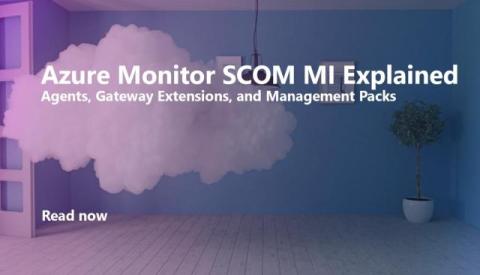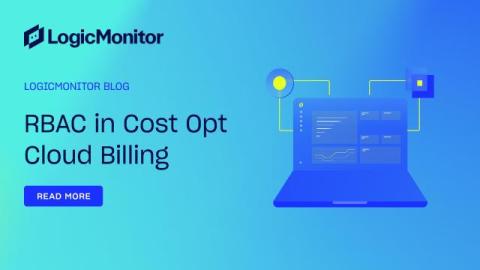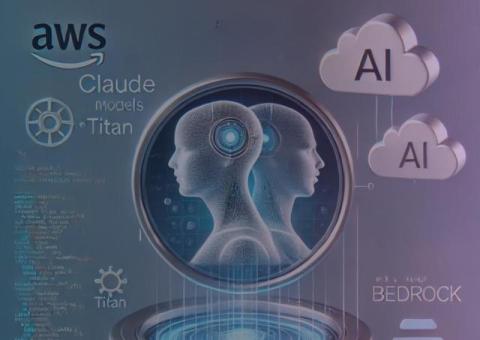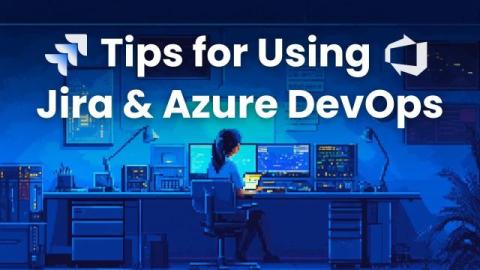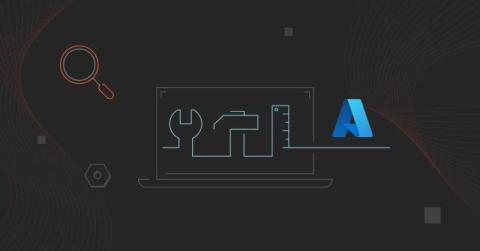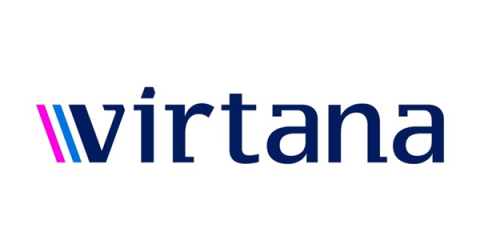Sponsored Post
Azure Monitor SCOM MI Explained
Azure Monitor SCOM Managed Instance (SCOM MI) is a cloud-based version of the System Center Operations Manager (SCOM), which allows you to monitor on-premises and cloud resources. In this context, Agent and Gateway Extensions in Azure Monitor SCOM MI and Management Packs (MPs) in SCOM serve different purposes but are both critical for monitoring your environment.


